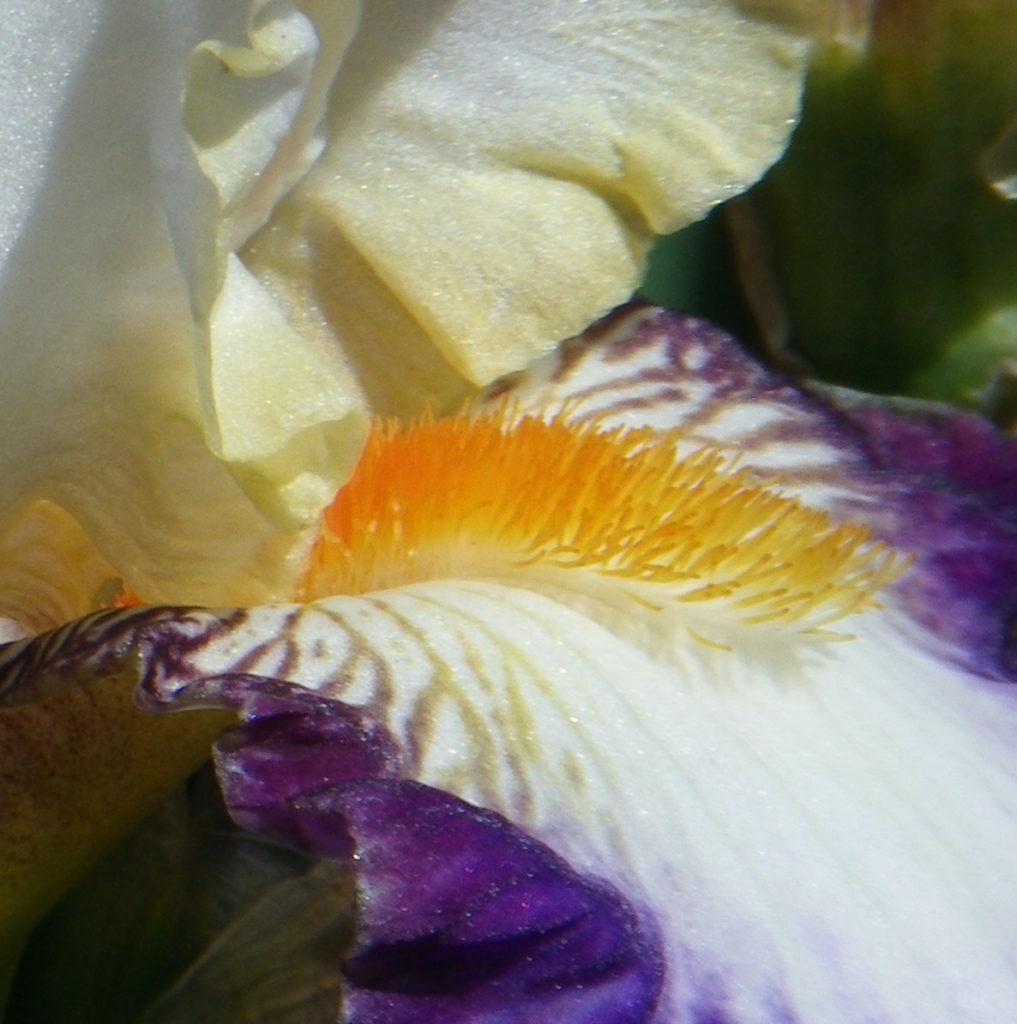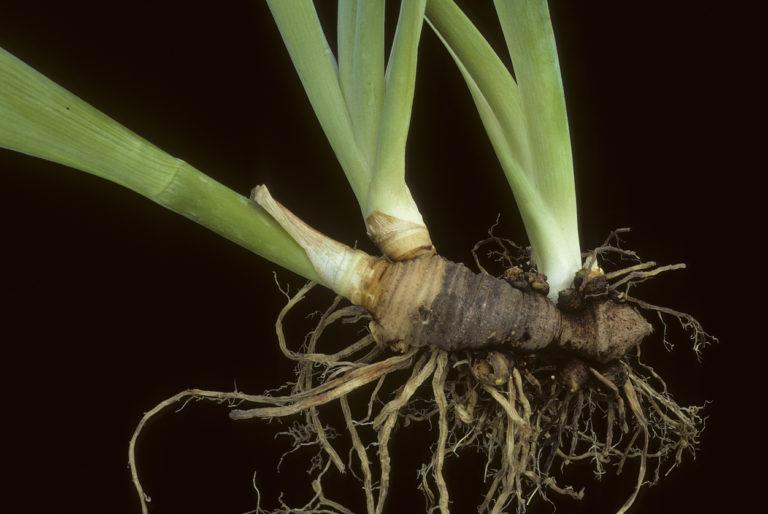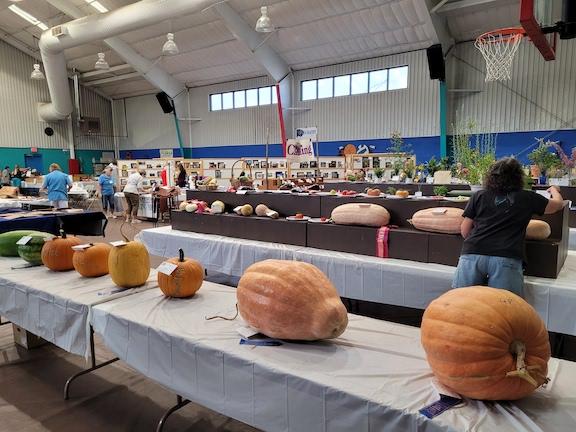Tall Bearded Iris will be one of the highlights of this year’s High Country Garden Club May 4th sale. Choose from multiple varieties! These hardy low-maintenance beauties thrive in Rim country. Except for occasional thinning, snipping spent flowering stems and clipping fall foliage is the most upkeep they usually need.
Bearded iris unfurl eye-catching intricate flowers. Every blossom has two different sets of petals, each of which serves a specific purpose. An upright set, or “standards” acts as a beacon to attract pollinating insects.

A lower set of petals, or “falls” cascade downward, providing a landing pad for pollinating insects. Bearded iris are identified by thick, bushy bristly hairs or “beard” on each of the falls that helps guide pollinating insects toward the plant’s reproductive parts. Watch bees hover over bearded iris blooms, land on the falls, climb up the beard and disappear into the center of the flower.
Depending on the variety, these iris start blooming April through June in a rainbow of colors. Most commonly they occur in traditional blue or purple. But, many range from white to yellow, to orange, to burgundy and even black. Most are lightly scented. Many of the hybrids sport perfumed blooms, too.
Plant your iris in well-draining soil where it will get at least 5 hours of sun daily. Bearded iris grow from a rhizome, a specialized stem that’s fat, fleshy and rots easily. First, improve drainage in planting beds by adding compost or composted manure.

Second, dig a hole up to 10 inches deep, so roots have lots of loose soil to sink into. Create a mound in the planting hole for long-rooted rhizomes. Set the rhizome on the mound, letting roots dangle into the planting hole. Prevent rhizome rot by planting rhizomes at ground level, just barely covered.
After flowering, bearded iris need a dry period to let the plants rest. Resist the urge to water! This summer semi-dormant state makes them a great xeriscape plant – especially this year in Rim country where spring rains kept iris watered before the flowering window.



